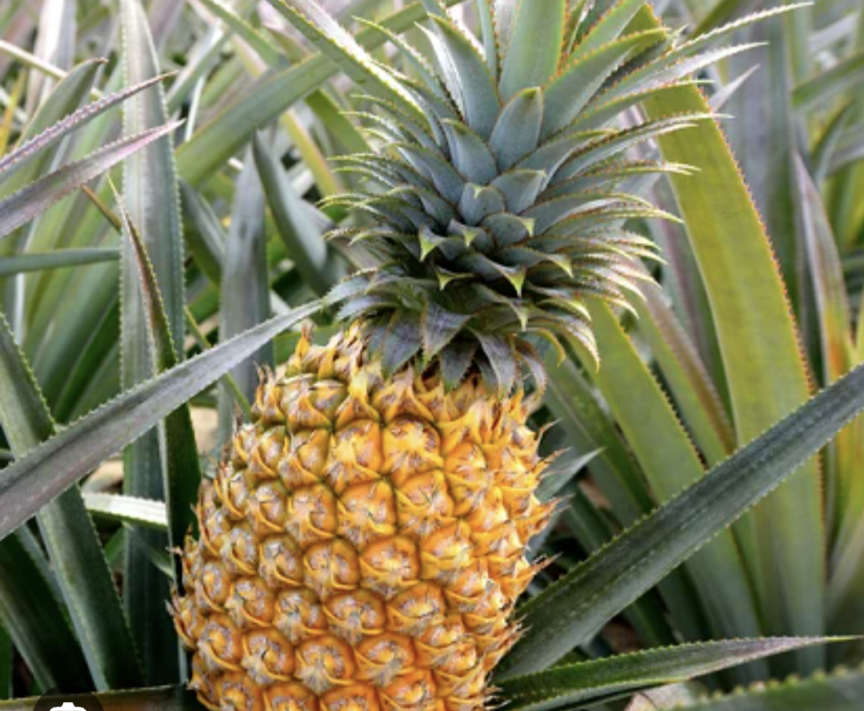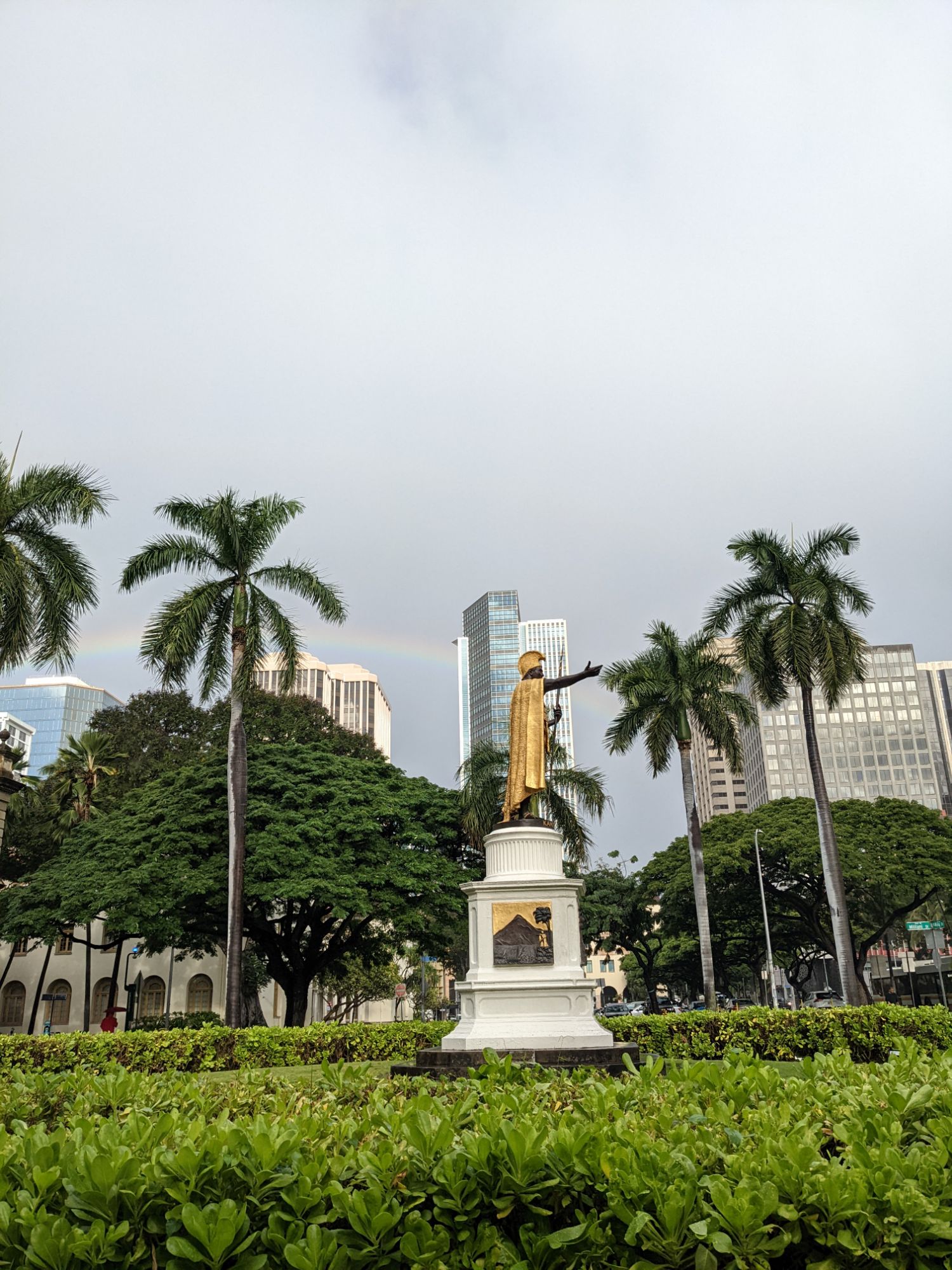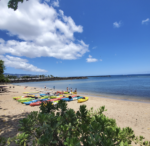The Hawaiian Islands were first populated by Polynesian people who arrived from the Marquesas Islands around 500 to 700 CE. When they arrived, there were no food plants available except for some marine algae and possibly coconuts. Therefore, the introduction of plants was crucial for their survival. During their voyage in double-hulled canoes, the Polynesian voyagers brought with them pigs, chickens, dogs, and about thirty useful plants known as “canoe plants,” which were common in the South Pacific. These plants included trees and crops such as taro, sweet potato, banana, paper mulberry, coconut, sugar cane, breadfruit, Polynesian arrowroots, bamboo, bottle gourd, beach mulberry, mountain apple, turmeric, yam, ti, candlenut, and milo, mainly for their fiber and wood.

Captain Cook was the first of many Europeans and Americans to visit Hawaii, and their arrival brought significant changes to the islands. Cook introduced English pigs, while oranges arrived in 1792. Captain George Vancouver brought the first cattle from California in 1793 and 1794.
Non-Hawaiian visitors were not satisfied with the limited plant options that catered to their western tastes. As a result, more familiar crops were introduced, which appealed to the growing non-Hawaiian population. Don Francisco de Paula Marin, a Spanish immigrant who served as an advisor to Kamehameha I, is credited with introducing or cultivating crops such as coffee, pineapple, grapes, avocado, and mango. Marin took advantage of whaling ships that frequently visited Hawaii to acquire new plants for experimentation and send locally grown crops to other parts of the world. However, Christian missionaries objected to Marin’s production of brandy, rum, and wine, claiming that they were unsuitable for consumption.
Resources
Jones, C. A., & Osgood, R. V. (2015). From King Cane to the Last Sugar Mill: Agricultural Technology and the Making of Hawaii’s Premier Crop. University of Hawaii Press.





